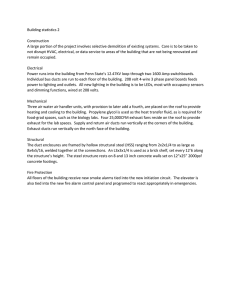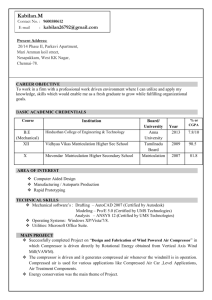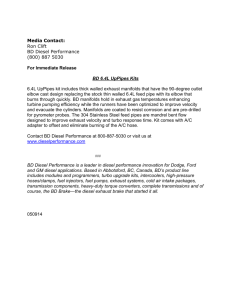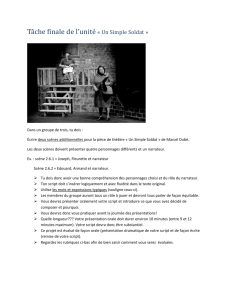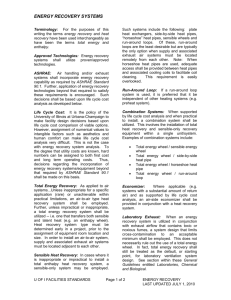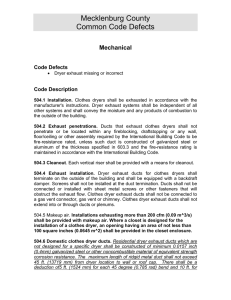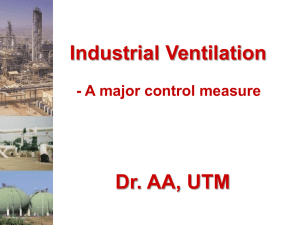MIT Technology Review
advertisement
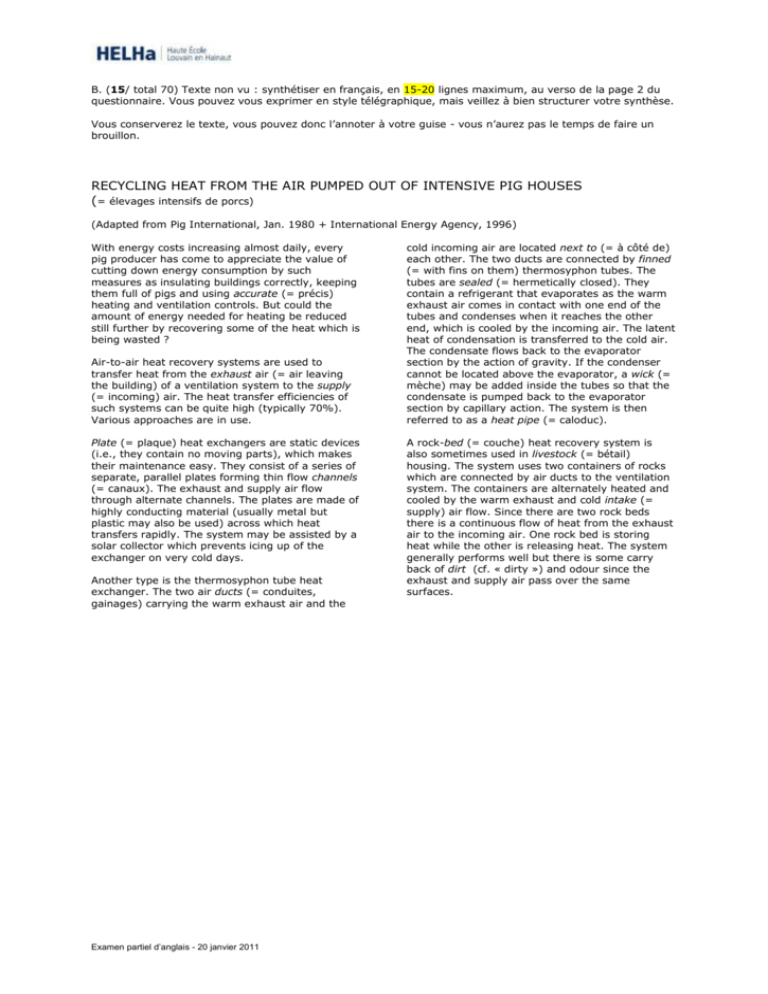
B. (15/ total 70) Texte non vu : synthétiser en français, en 15-20 lignes maximum, au verso de la page 2 du questionnaire. Vous pouvez vous exprimer en style télégraphique, mais veillez à bien structurer votre synthèse. Vous conserverez le texte, vous pouvez donc l’annoter à votre guise - vous n’aurez pas le temps de faire un brouillon. RECYCLING HEAT FROM THE AIR PUMPED OUT OF INTENSIVE PIG HOUSES (= élevages intensifs de porcs) (Adapted from Pig International, Jan. 1980 + International Energy Agency, 1996) With energy costs increasing almost daily, every pig producer has come to appreciate the value of cutting down energy consumption by such measures as insulating buildings correctly, keeping them full of pigs and using accurate (= précis) heating and ventilation controls. But could the amount of energy needed for heating be reduced still further by recovering some of the heat which is being wasted ? Air-to-air heat recovery systems are used to transfer heat from the exhaust air (= air leaving the building) of a ventilation system to the supply (= incoming) air. The heat transfer efficiencies of such systems can be quite high (typically 70%). Various approaches are in use. Plate (= plaque) heat exchangers are static devices (i.e., they contain no moving parts), which makes their maintenance easy. They consist of a series of separate, parallel plates forming thin flow channels (= canaux). The exhaust and supply air flow through alternate channels. The plates are made of highly conducting material (usually metal but plastic may also be used) across which heat transfers rapidly. The system may be assisted by a solar collector which prevents icing up of the exchanger on very cold days. Another type is the thermosyphon tube heat exchanger. The two air ducts (= conduites, gainages) carrying the warm exhaust air and the Examen partiel d’anglais - 20 janvier 2011 cold incoming air are located next to (= à côté de) each other. The two ducts are connected by finned (= with fins on them) thermosyphon tubes. The tubes are sealed (= hermetically closed). They contain a refrigerant that evaporates as the warm exhaust air comes in contact with one end of the tubes and condenses when it reaches the other end, which is cooled by the incoming air. The latent heat of condensation is transferred to the cold air. The condensate flows back to the evaporator section by the action of gravity. If the condenser cannot be located above the evaporator, a wick (= mèche) may be added inside the tubes so that the condensate is pumped back to the evaporator section by capillary action. The system is then referred to as a heat pipe (= caloduc). A rock-bed (= couche) heat recovery system is also sometimes used in livestock (= bétail) housing. The system uses two containers of rocks which are connected by air ducts to the ventilation system. The containers are alternately heated and cooled by the warm exhaust and cold intake (= supply) air flow. Since there are two rock beds there is a continuous flow of heat from the exhaust air to the incoming air. One rock bed is storing heat while the other is releasing heat. The system generally performs well but there is some carry back of dirt (cf. « dirty ») and odour since the exhaust and supply air pass over the same surfaces.
